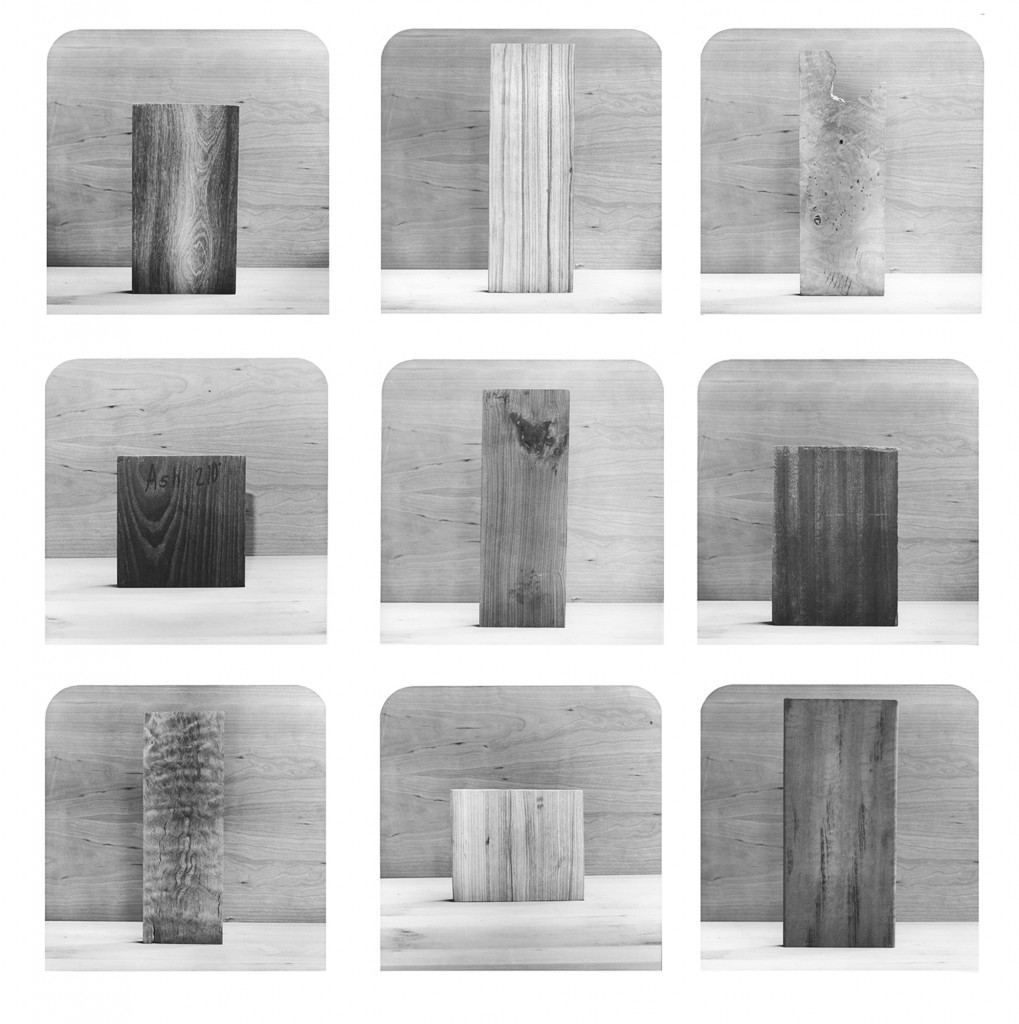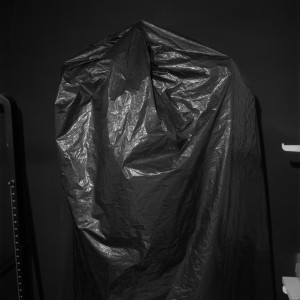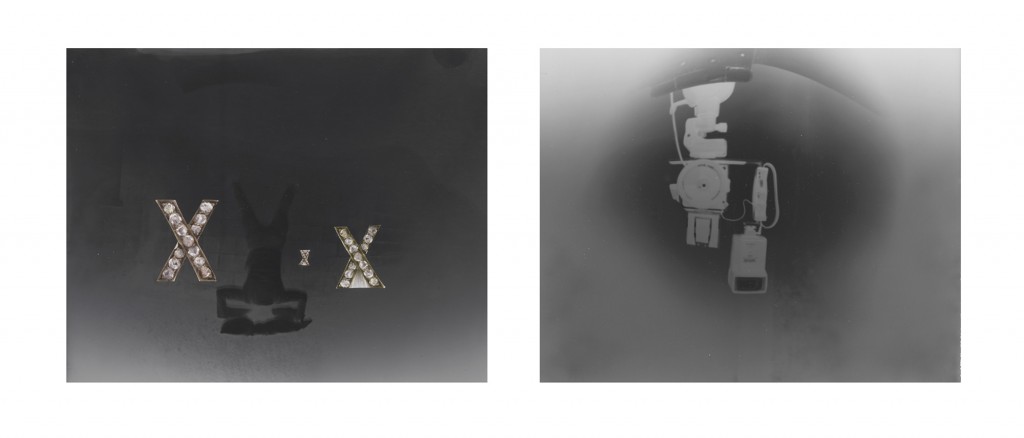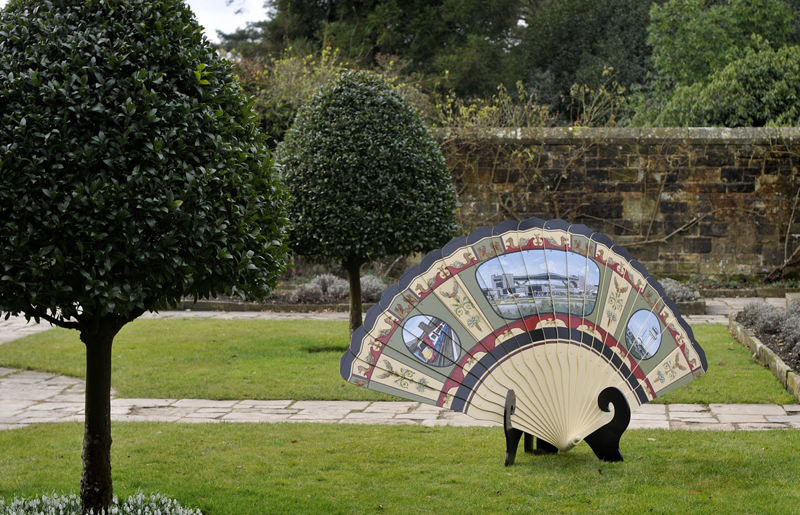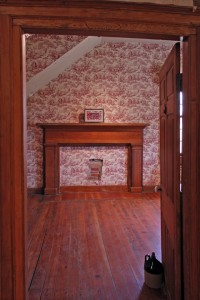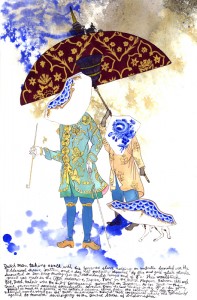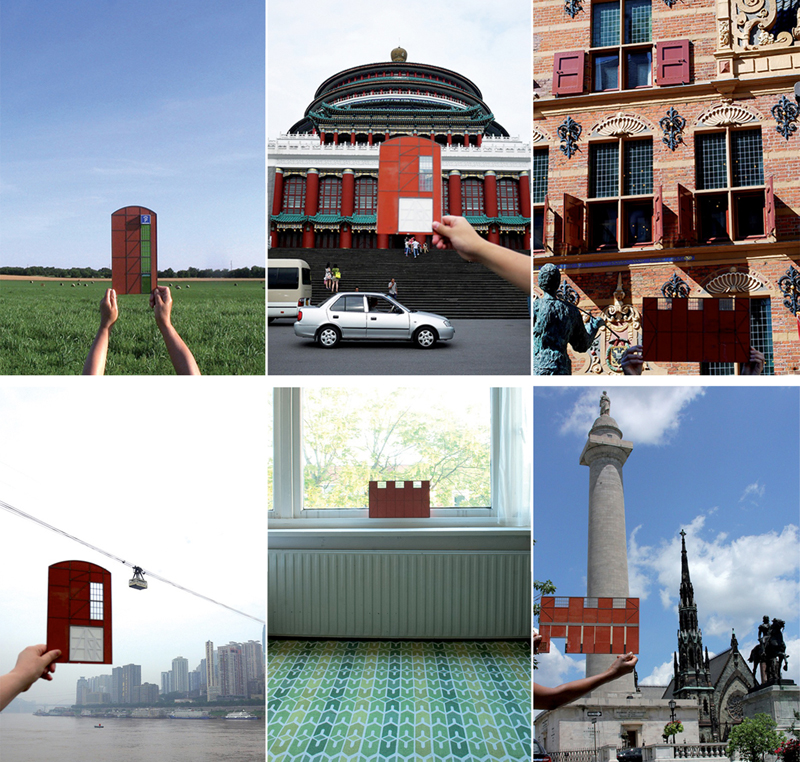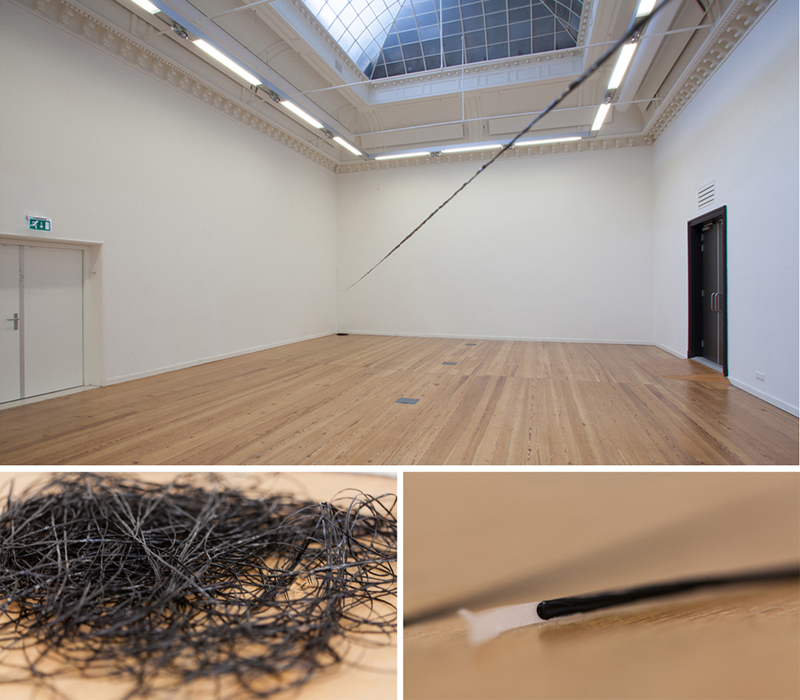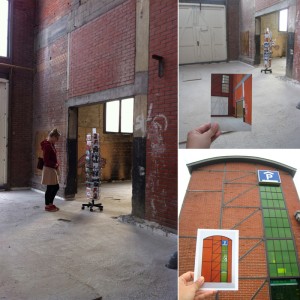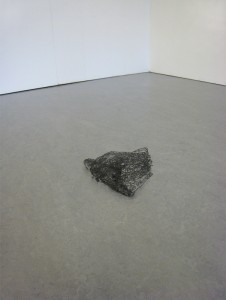ORGANIZED BY WASHINGTON PROJECT FOR THE ARTS
CURATOR: Blair Murphy, Independent Curator, New York, NY
ELIGIBILITY: Open to all artists regardless of media
ENTRY FEE: N/A
DEADLINE FOR SUBMISSIONS: June 6, 2014 by 5:00pm
EXHIBITION DATES: October 17 – November 2, 2014
LOCATION: VisArts at Rockville, 155 Gibbs St., Rockville MD 20850
STRANGE BEDFELLOWS
The notion of intimacy is simultaneously idealized and fraught. It describes human relationships, acting as a metric of the physical closeness, emotional bonds, or personal knowledge shared by two people. It can refer to the accumulation of knowledge about complex topics or–as in the phrase intimately aware–a familiarity with difficult truths. Though we strive for it, it can be difficult to achieve and painful to sustain. It provides us with unbelievable joy and immense disappointment.
Strange Bedfellows will explore intimacy in its various incarnations, approaching the topic from a variety of angles. What do we expect from our closest relationships and how have those expectations changed over time? How are knowledge and intimacy intertwined? How does technology impact the way we build connections and what we expect from relationships? How do we build deep knowledge of other times and places? How do our political and civic institutions cultivate closeness (or, alternately, distance)?
The call is open to all artists regardless of media used or geographic location. Artists do not need to be WPA members and there is no submission fee.
ABOUT THE CURATOR
Blair Murphy is a curator and writer based in New York City. Before moving to New York, she spent seven years in DC working as an administrative jack-of-all-trades for various arts organizations, including Washington Project for the Arts (WPA), DC Arts Center (DCAC), and Provisions Library. She was Program Director at WPA from 2011 to 2013 and a curator with Sparkplug, an artist collective sponsored by DCAC, from 2008 through 2011. She holds a BFA from Maryland Institute College of Art and an MA from Georgetown University. Blair is currently the New York City correspondent for Bmoreart and a contributor to M Daily.
CALL FOR ENTRY INSTRUCTIONS
Submissions for Strange Bedfellows will be accepted through an online submission form on the WPA website: http://wpadc.submittable.com/
Required Submission Material
1. Current CV
2. Artist Statement and/or Project Description
This text may discuss the artist’s work more generally or be a description of a specific project or project(s). 500 word max.
3. Up to ten work samples, either still images or video
If appropriate for the work, artists may submit multiple images or videos to represent a single piece or project, but the number of individual work samples may not exceed ten.
4. Image List
Please list each attached image with: title, year, medium, and dimensions. If submitting video work that is password protected, please include passwords on the Image List
FORMATS FOR SUBMISSION MATERIALS
Text files: CV’s and artist statements should be submitted as .pdf or .doc files.
Images: Submit as .jpg files, 72dpi and no longer than 7″ on the longest side.
Videos: Submit as links to the appropriate video on a video sharing website (YouTube, Vimeo) or personal site. Artists who wish to password protect videos should include the password in the Image List.
TIMELINE
● Friday, June 6, 2014 by 5:00pm: Submissions deadline
● Friday, July 18, 2014: Notification to selected artists
● Tuesday, October 14, 2014: Installation
● Friday, October 17, 2014, 7-9:00pm: Opening Reception
● October 17 – November 23, 2014: Exhibition Dates
● Monday, November 24, 2014: Deinstallation
ABOUT VISARTS AT ROCKVILLE
VisArts at Rockville is a dynamic, nonprofit arts center dedicated to engaging the community in the arts and providing opportunities for artistic exploration, education and participation. Through educational programming, gallery exhibitions, and a resident artist program, VisArts provides children, teens, and adults with opportunities to express their creativity and enhance their awareness of the arts.
VisArts at Rockville is located three blocks from the Rockville Metro station at 155 Gibbs Street, Rockville, MD. For information, please visit www.visartscenter.org or call 301-315-8200.
VisArts Gallery Hours:
Wednesday & Thursday: 12-4:00pm
Friday: 12-8:00pm
Saturday & Sunday: 12-4:00pm
Exhibitions are always free and open to the public.

